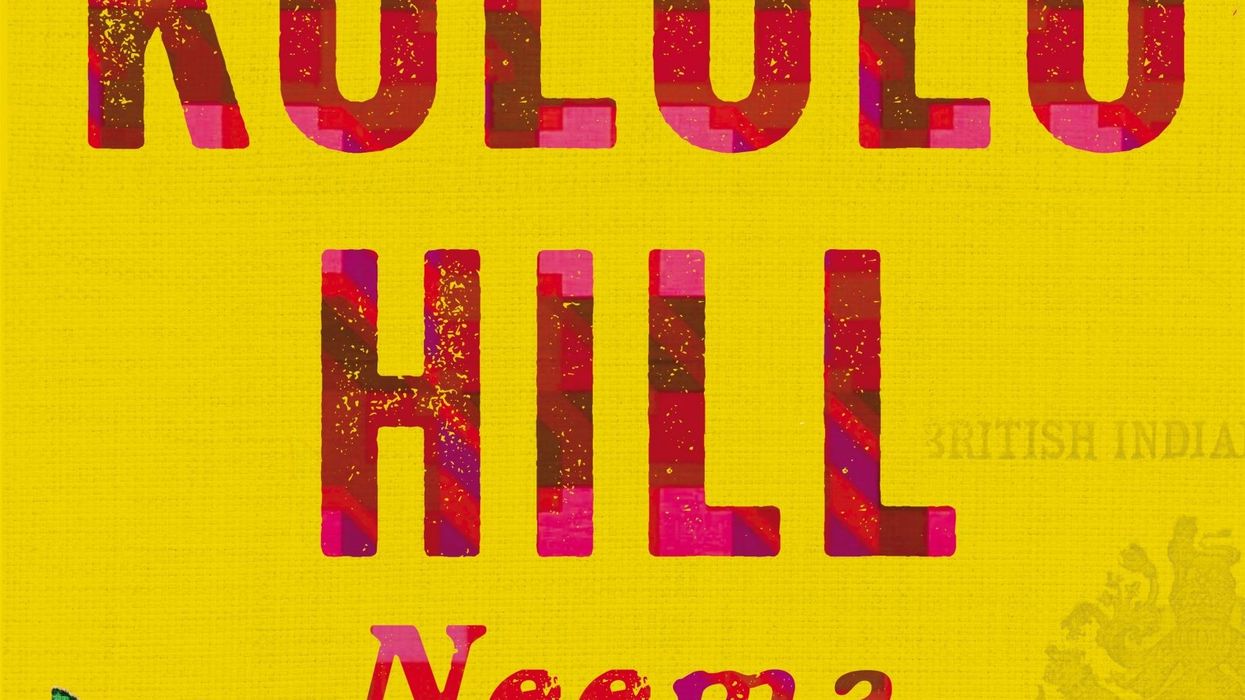by Priya Mulji
SET in a violence-stricken Uganda in 1972, Kololo Hill tells the story of a Gujarati family, suddenly caught up in an unexpected crisis. Parents Jaya and Motichand, newlyweds Pran and Asha, and younger brother Vijay all have their world turned upside down when ruler Idi Amin makes a devastating decree that all Ugandan Asians must leave the country within 90 days.
They must take only what they can carry, leaving their money and property behind, with strict orders to never return. How will they leave and where will they go? Should they risk staying in Uganda? What will happen to the house and business they have worked hard to maintain for many years? In Kololo Hill, we follow the protagonist’s lives as they plan their departure from a beloved place they have called home for all of their lives, to the terraced houses of London.
The talented author takes a story many will be familiar with of Asians having to leave Uganda and adds multiple layers, which includes human emotions, unexpected twists and deep secrets. The gripping story takes readers back in time to a painful moment in history and has them hooked from the first page.
Although it is a debut novel, the skilful writing is more in tune with a seasoned author, with vivid descriptions and deep exploration of very real emotions. From what they wore, to each and every detail of the house they lived in Uganda, the reader gets an instant feel of Kololo Hill.
The challenging journey moves seamlessly along from one continent to another and the central theme of leaving home behind will connect with most people in some way. That is all thanks to a bright new voice in British author Neema Shah, who has delivered an accomplished and highly recommended debut that has made her a promising new literary star to look out for.












